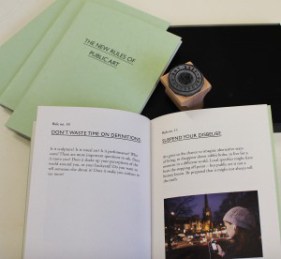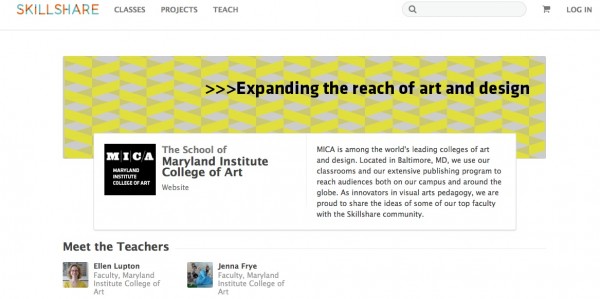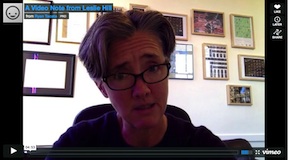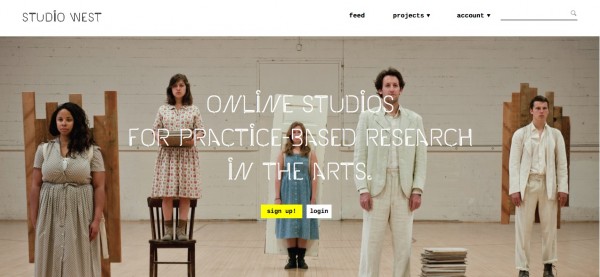Buy this book! (more realistically get a librarian to buy this book!)
It’s finally in print! The “Routledge Companion to Puppetry and Material Performance” has a section on Digital Puppets that will be of interest to many of you! It’s very $$$$$$$ so get a librarian to order a copy you can check out. The more books that sell now the more likely it will get printed in a more reasonable paperback version for the layperson.
http://www.routledgementalhealth.com/books/details/9780415705400/
 Interesting essay on the climate of presentation– By Simon Sadler
Interesting essay on the climate of presentation– By Simon Sadler




Vanessa Blaylock 04:14 on 31/05/2014 Permalink |
Thanks for the info Molly! Sounds fantastic! And yes, OUCH! not exactly priced to sell!